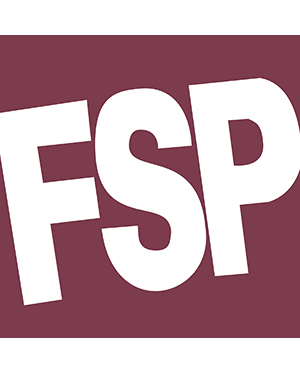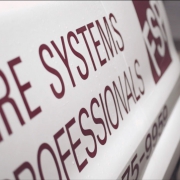Fall Testing: 8 Systems Your Business Should Get Inspected

Source: summitfiresecurity.com
Fall is the perfect time to book your fire and security maintenance and inspections.
Every building is different; each city and state has special codes and requirements. Please consult your local fire protection and security experts first. Here’s a list of some top building systems that require at least yearly checkups:
- Video Surveillance Systems
- Access Control Systems
- Overhead, Pager, Audio Visual Systems
- Data Center
- Fire Alarm Systems
- Fire Sprinkler Systems
- Portable Fire Extinguishers
- Suppression Systems
This list does not include all systems that need annual inspections. If you aren’t sure which systems need to be inspected and how often, fire protection professionals, (like us) will know.
Why should I get my systems inspected? 
It’s easy to forget about inspections and maintenance as you’re running a successful business, combating pandemic uncertainties, or settling into a building after a move. Like anything, even the best security and fire protection systems need a tune-up. With an ever-changing environment, the systems need maintenance to better adapt over time and keep your assets safe in the case of an emergency.
For older buildings, it’s essential to keep up on inspections and maintenance. That way you’ll know right away if your property needs an upgraded system and can budget it in. It’s also important to schedule your maintenance to ensure your building’s systems are up to code. Quite often and sometimes without notification, local rules and regulations change. A certified fire safety expert makes it easy to ensure your building is safe and up to date. These experts frequently work with your local fire marshal and understand the necessary fire and security codes. They’ll take the guesswork out of the necessary maintenance, so you can worry less about your building’s safety systems.
Ready to book your inspection and maintenance appointment?


